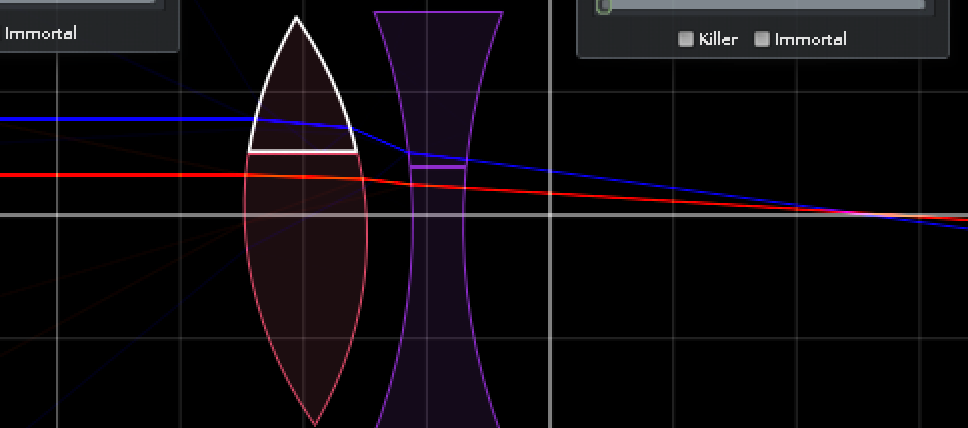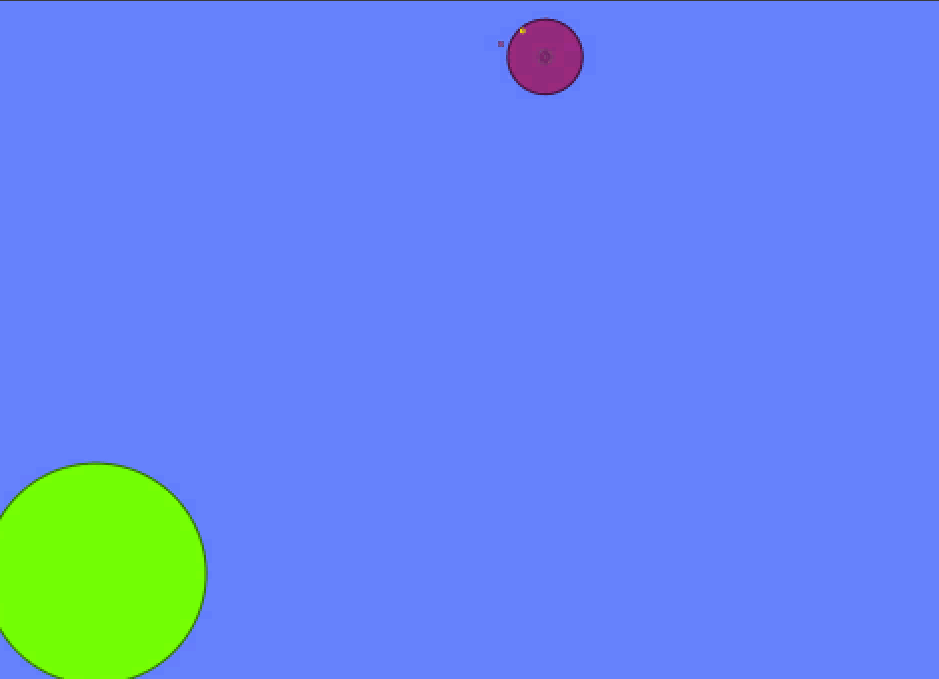EE update
Sunday 29 August 2021
 The deadline for first draft is this Wednesday so I thought I'd give an update on progress. Many people think that 10 EE's is too many but so far it's not been a problem. My classes are completely student centred, they have work to do and get on with it, this means I can use class time to talk individually with my EE students and we talk a lot. The physics related to their EE's is by definition more difficult than the course so they have more questions to ask related to their EE than the weekly assignments, why not deal with this in class. I make it clear that if any student wants my help then I will break from the conversation and give them my full attention.
The deadline for first draft is this Wednesday so I thought I'd give an update on progress. Many people think that 10 EE's is too many but so far it's not been a problem. My classes are completely student centred, they have work to do and get on with it, this means I can use class time to talk individually with my EE students and we talk a lot. The physics related to their EE's is by definition more difficult than the course so they have more questions to ask related to their EE than the weekly assignments, why not deal with this in class. I make it clear that if any student wants my help then I will break from the conversation and give them my full attention.
The photo was taken at the start of the process but their still smiling. For me the whole process has been a lot of fun, I don't expect the students to feel the same way but hopefully it's not been too painful. Here's the update from left to right.
Khoa
Researching achromatic doublets. Originally was going to try to make one out of jelly but realising how difficult it was to match the refractive indexes and curvatures decided against it and is focussing (haha) on simulations. Thinking about it now, I don't think the jelly would have worked. You can change the refractive index by varying the amount of gelatine but you can't change the amount of dispersion.

Abdullah
When an electric motor lifts a load it slows down causing a reduction in Back EMF allowing more current to flow. The power used = back EMF x current so as the load is increased the power increases up to a point then gets less. That's interesting and is the topic of Abdullah's essay. Using a battery powered drill to do work against friction ha yielded some good results.

Raj
Raj threw caution and my advice to the wind and decided to write his EE on the relation between the angle of a hydro foil and the lift. He took some time perfecting his experiment but in the end got some data relating the angle of the foil and the angle of an SUP he had attached it to, the assumption being that the greater the lift the bigger the angle. The problem was then to show that this assumption was actually true. The free body diagram of the situation wasn't particularly helpful since there were too many variable, the buoyancy, the angle of the rope, the pulling force, the lift and the drag. To show that the lift was indeed related to the lift he performed a simulation in Algodoo.

Boris
Another of my EE supervisees, Boris. He is investigating the relationship between the temperature and friction coefficient of rubber using the tyres of my Triumph Spitfire. In the interest of science I drove round a roundabout sideways twice, slid round several corners and generally threw the car about but only managed to raise the temperature a few degrees. Further experiments with a hair drier were nowhere near as much fun.
.jpg)
Filip
Filip has connections in the satellite industry and managed to get hold of data pertaining to the temperature of a satellite. He then constructed an iterative model in Excel that matched nicely. One interesting aspect is that even though the ground station is fixed and only receives data when the satellite is overhead, it records data for the whole orbit

Jacob
It 's possible to make an automatic gearbox using two cones that rotate next to each other. Friction enables the transfer of energy and that's what Jacob is investigating. To be more precise it's the relationship between the force pushing them together and the friction force. Initial results showed a reduction of friction with increased force, a badly aligned photogate was to blame. Once fixed everything went smoothly, or not. (physics joke)

Mayssen
Mayssen is a surfer so is studying waves, we don't have big waves in the fjord so I'd say she is studying ripples. When a boat passes we get some nice wavefronts but if photographed from the shore the waves are distorted by perspective. Clever use of GeoGebra enabled her to find the actual wavefront from a photo but it wasn't easy to get right. After much pratice a good correlation with theory was achieved.

Leanda
Could you use the stored energy in elastic bands to power a car? Probably not but it didn't stop Leanda investigating the relative efficiency of two types of elastic band motors, twisted and wound. It seems that the twisted variety requires less force to wind up and can store more energy before it breaks. Draft already submitted!

Laura
Laura finished her essay so long ago I can't even remember what it was about. Oh yeah, Hubble's law using sound. It worked well. A sound source was placed on a cart and it was sent away at different speeds. Speed and distance were measured for all carts at the same time after release. Doppler shift for speed and size on a photograph for distance.

Marieke
Marieke sails a small boat the name of which I can't remember, she also sails a small trolley in the physics lab, it's name is smart cart. The idea was to measure the forward force on the cart at different sail angles but the force was too small. Instead she measured the acceleration. Consistent results were not as expected but explainable. As the essay nears conclusion some doubts have arisen, is it force that she really wanted to know or is it maximum velocity?


